
Nokia – a brand that you’re most likely already familiar with. By now I’m sure most of you guys already know the rise and fall of the company in the smartphone industry. After its acquisition by “HMD Global Oy“, a Finnish company, we’ve been seeing plenty of Android smartphones under the “Nokia” branding.
Here in Nepal, the company recently received a new distributor in the form of TeleTalk Pvt. Ltd. which has launched the Nokia 7.2 (codenamed “Daredevil” who is my favorite superhero too btw) at an attractively competitive price. Though the phone’s pricing is more than fair compared to the global arena, does it hold out against the competition in the domestic market? Read on to find out in our review of the new Nokia 7.2.
Nokia 7.2 Specifications
- Body: 6.30 x 2.96 x 0.33 inches; 180 gm
- Display: 6.3-inches IPS LCD “PureDisplay” panel
- Resolution: Full-HD+ (2280 x 1080 pixels); 19:9 aspect ratio
- Chipset: Qualcomm Snapdragon 660; 14nm Mobile Platform
- CPU: Octa-core (4×2.2 GHz Kryo 260 & 4×1.8 GHz Kryo 260)
- GPU: Adreno 512
- RAM: 4 / 6GB
- Storage: 64 / 128GB (expandable up to 512GB via a dedicated SD card slot)
- Software & UI: Android 9.0 (Pie); Android One
- Rear Camera: Triple-camera;
– 48 MP, f/1.8, PDAF primary shooter
– 8 MP, f/2.2 ultra-wide-angle lens
– 5MP Depth Sensor
– LED flash - Front Camera: 20MP, f/2.0 aperture
- Fingerprint sensor: Physical (rear-mounted)
- Connectivity: Dual-SIM (Nano), WiFi 802.11 b/g/n/ac, NFC, Bluetooth 5.0, AGPS/GPS/GLONASS/GALILEO/BDS, USB Type-C
- Battery: 3500 mAh battery with 10W Charging
- Colors: Cyan Green, Charcoal, Ice
- Price in Nepal: Rs. 23,999
Design & Build
Design is Nokia 7.2’s forte. It is built with a “high-tech polymer composite” material which, the company claims is twice as strong as regular polycarbonate yet half the weight of aluminum. With the metal frame and a glass back, the phone is quite slippery so I’d strongly advise pairing it with a case. Nevertheless, holding the phone feels super-premium with its curved finish.

The back also holds the triple rear-camera and the LED flash in a circular module, which I’ll get on to in more detail later in the review. Similarly, the physical fingerprint scanner is just below the camera module.
Button placement on the Nokia 7.2 is commendable as well. The volume rockers and the power button are on the right of the phone. Accessing them with one hand wasn’t a problem for me although I have fairly small hands. Interestingly, there’s no dedicated notification LED in the front of the phone here which has been compensated with one on the power button. There’s a slow glow-and-fade animation for every notification.

Though definitely unique, I found it to be counter-productive and not very useful since you can’t see the glow when the phone is placed straight below yourself. Like, you know, how you usually lay down your phone. I firmly believe that utility shouldn’t be sacrificed for design. Additionally, it only glows white so there’s no per-app notification color either.
On the left, you get the dedicated Google Assistant button and the SIM tray which can house two nano-SIM cards alongside a microSD card. Some people may find the button useful but I’m already comfortable with triggering the assistant with voice, so I had the button remapped to toggle on the flashlight on a double-tap instead. There’s only the option to either enable or disable the Google Assistant in Nokia 7.2’s settings, so I had to use a third-party app to remap the assistant button.
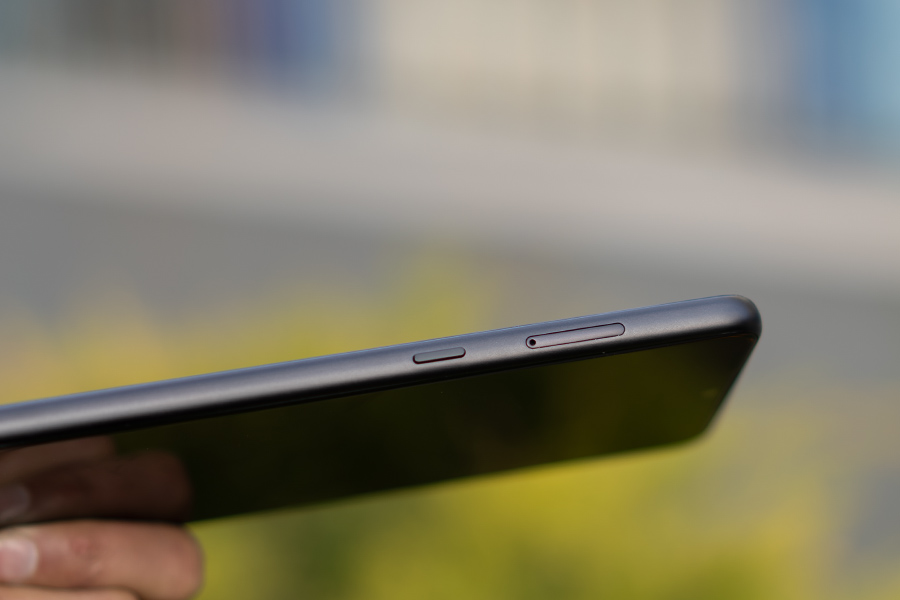
Moving on, the 3.5mm headphone jack lives on (thank god) on top of the phone next to the secondary microphone. Similarly, there’s the standard USB Type-C port on the bottom, as well as the primary microphone and the single-firing speaker. The audio output is decently loud as well. However, I often found my fingers blocking the speaker grille on my gaming sessions. On a different note, I have the “Charcoal” color variant of the phone while it also comes in “Cyan Green” and “Ice” options.
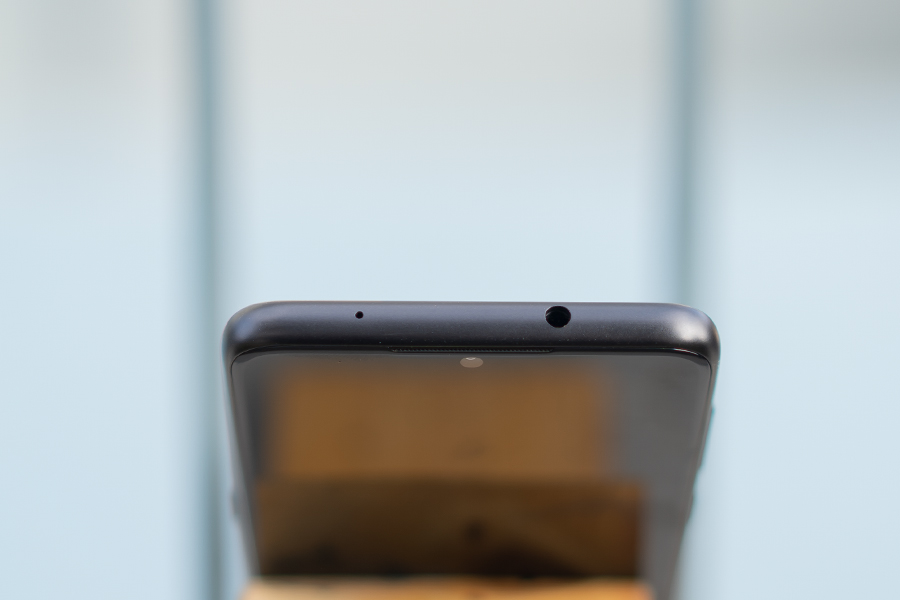
Display
I have quite many things to say about Nokia 7.2’s display so let’s get going with it. It has a 6.3-inch “PureDisplay” IPS LCD panel with a Full-HD+ resolution on a 19:9 aspect ratio and 400ppi. Additionally, the brightness maxes out on 500nits which is pretty decent for a mid-range phone. Similarly, the Nokia 7.2 supports the HDR10 standard with the ability for real-time HDR conversion. For protection, it has Corning Gorilla Glass 3, which is… not impressive for a 2019 phone.
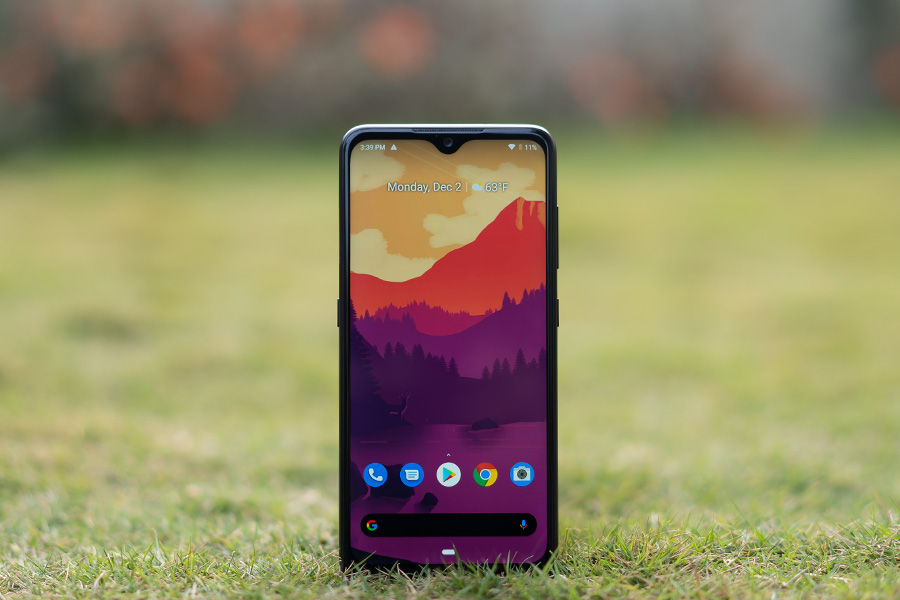
Under the PureDisplay settings, you can also turn on “Auto White Balance” which reduces the blue tinge around the phone’s display. Toggling settings under “Dynamic Mode” adjusts the phone’s display according to the type of app you’re using.
For an LCD panel, the Nokia 7.2’s display is admirable, to say the least. I found it to be sufficiently bright enough even when I was outdoors. Also, the phone’s color accuracy and contrast are well to my liking.
Moreover, Nokia 7.2 has a teardrop notch on the top for the selfie camera, while there’s a significantly large chin with the “Nokia” branding. The side bezels are minimal but noticeable regardless. With this, the phone achieves 82.4% screen-to-body-ratio.

Now, the Nokia 7.2’s display has natively rounded corners like with most smartphones these days. However, there’s a visible discoloration around the top edges, which can be observed especially when content on the phone is predominantly white.
I loved content consumption on the Nokia 7.2 with its “SDR to HDR” quality conversion. Watching HDR videos on YouTube was amazing! However, I found that turning on PureDisplay messed up with the app and Quick Settings menu’s coloration.
Thing is, I’m a “Dark Mode” fanboy (though I’d rather Google implement true black dark mode rather than gray) and set my app’s theme to dark wherever available. When I turned on PureDisplay, I found that YouTube’s color scheme would start misbehaving. The UI’s dark mode would turn even more washed-out grey than usual, with clouds of white kind of flowing around the app. Turning off PureDisplay would take things back to normal.
I was curious whether the issue could be traced to the YouTube app or PureDisplay itself. So, I installed “YouTube Vanced”, which is a modded version of the regular YouTube app with a black dark theme, Picture-in-Picture (PiP) support, background play, and many more features. Though there was no problem with YT Vanced’s UI, the phone’s quick settings menu would still suffer from discoloration. Turns out, Nokia’s got some work to do!
Camera
The Nokia 7.2 has a triple camera setup on the back with the coveted “ZEISS” branding. The company has been using Zeiss optics for a long time and it has been one of the most compelling selling points of Nokia smartphones in recent times. Here, you get a 48MP primary lens with Quad-Pixel Binning, an 8MP ultrawide sensor with 118º FOV, a 5MP depth sensor, and the LED flash inside a bumpy circular module reminiscent of the long lost Nokia Lumia 1020.

For taking the sample photos, I used the native Nokia camera app and turned off the “AI Scene Detection” option which isn’t very accurate, to begin with. However, there’s also a GCam port for the Nokia 7.2.
Images from the primary lens are praiseworthy. Though they tend to be on the warmer side, the photos preserve fine amounts of detail with decent saturation. Similarly, the image sharpness and the dynamic range is something I like about Nokia 7.2’s camera as well. Comparing it with that of the Redmi Note 8 Pro, I found that the Nokia 7.2 had a better dynamic range while images from the Note 8 Pro were a little washed out.
Moving on, the wide-angle camera is hit-or-miss. It does manage to produce overall good-looking photos but the colors are a wildly washed out. Similarly, details on the wide-angle shots aren’t good either, with noticeable pixelation starting from the first pinch of zoom. The Note 8 Pro, however, had even worse detail preservation compared to the Nokia 7.2.
On to the portrait shots, the edge detection on the Nokia 7.2 doesn’t work as well as you’d want to. It would sometimes majorly miss out on the subject’s edges (especially on top), when maximizing the bokeh effect, thus resulting in jarring photos. Putting the portrait from the Nokia 7.2 and Note 8 Pro (with minimal bokeh) side-by-side, we can see that the latter has a slight beautification, while the Nokia 7.2 results in washed-out subjects.
Coming to the front, we have the 20MP camera inside a teardrop notch which embeds Qual-Pixel binning as well. The selfies are depressingly lacking in color reproduction and look bizarre. They look washed out making you wonder about your natural skin tone. Comparatively, the Note 8 Pro produces better selfies though they feel slightly unnatural and reddish, in regards to the beautification.
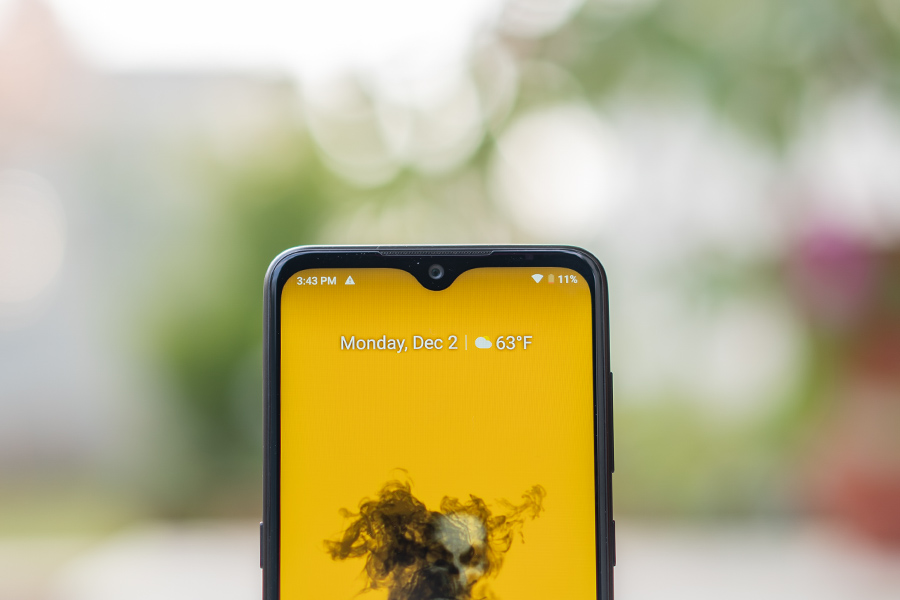
Similarly, edge detection on selfie-portraits shares a similar fate to the primary lens counterpart. The edge detection is flawed and like with the regular selfies, the results are washed out. Note 8 Pro’s selfie portraits, on the other hand, are streets ahead than that of the Nokia 7.2, though there’s an unnecessary level of added beautification.
Moving on to videos, the phone is capable of shooting 4K @ 30fps. The stabilization is pretty good thanks to the gyro-EIS, which only works when shooting videos in 1080p. Color reproduction and audio capture are noteworthy too. However, “focus” is something the phone struggles on in terms of videography.
Nokia has been marketing the Nokia 7.2 for its camera capabilities and to a certain degree, it delivers on the promise. All in all, though it has certain things going for it, the aggregate results are inconsistent.
Performance
Here’s where the compromises begin to critically hurt the Nokia 7.2. I don’t know why, but the company has gone with Qualcomm’s Snapdragon 660 (14nm) chipset with Adreno 512 GPU. Mind you, this was released way-way back in Q2 2017. So you be the judge as to whether Nokia made a smart choice with the SoC on the Nokia 7.2 or not.
Comparing the 7.2 with other phones in a similar price range like the Redmi Note 7 Pro and Xiaomi Mi A3 is enough to break your heart. Both competitors come with a newer, more powerful chipset. Though Snapdragon 660 isn’t entirely an incompetent SoC, it should be obvious that the chipset shouldn’t be powering mid-range smartphones in 2019. Let’s just look at the benchmark scores.
Nokia 7.2 Benchmarks
- AnTuTu v8: 173,472
- CPU: 75,138; GPU: 36,301; Memory: 35,094; UX: 26,939
- Geekbench 5
- Single-Core: 339; Multi-Core: 1,523
- OpenCL: 614
- AndroBench
- Sequential Read: 279.0 MB/s
- Sequential Write: 207.42 MB/s
- PC Mark
- Work 2.0 (Performance): 6,025
- 3D Mark
- Sling Shot Extreme – OpenGL ES 3.1: 1,355
- Sling Shot Extreme – Vulkan: 1,299
Oof, those aren’t very impressive for the price.
Don’t get me wrong. Like I said before, it’s a good chip, but not a good choice for the device and it shows. There are no frequent lags like maybe I’m making it out to be but occasionally, it’s observable. I’ve been using the 4/64GB variant (there’s also 6GB RAM and up to 128GB memory configuration available) of the Nokia 7.2 as my secondary device for about a month now.
In my time with the phone, I used it for playing a few games, browsing the web, watching videos on YouTube, and that’s about it. Talking about gaming, I played Call of Duty, PUBG, and Injustice 2 on the phone. I was only able to push CoD‘s Graphics Quality to Medium and the Frame Rate to High. Despite the negligible lags here and there, the overall gameplay was smooth.
Similarly, PUBG set the Graphics to Medium by default on my Nokia 7.2. Here, I could push the Graphics to HD and Frame Rate to High. Turning on Anti-Aliasing and Shadows as well, there were no issues in the gameplay. The phone did get mildly warm, but there was no significant lag.
On the other hand, Injustice 2 ran smooth like butter since it’s comparatively less taxing on the CPU and GPU. The details were fine and I had fun playing Injustice 2 on the phone.
Multi-tasking wasn’t much of a problem either. In fact, I was surprised by Nokia 7.2’s memory management. It was able to keep multiple apps and games in memory and I could fluently switch between them. Let me once again remind you that my review unit had only 4GB of RAM.
Software & UI
Another thing that I really liked about the Nokia 7.2 was the software. Since it’s part of the “Android One” program, you get stock Android here sans any bloatware apps. Also, the program guarantees that the phone will get at least 2 years of system upgrades and up to 3 years of monthly security updates.
If I was in the market for a new smartphone, I’d always look for one with stock Android or something close. I’m an advocate for a clean smartphone experience and the phone didn’t disappoint.
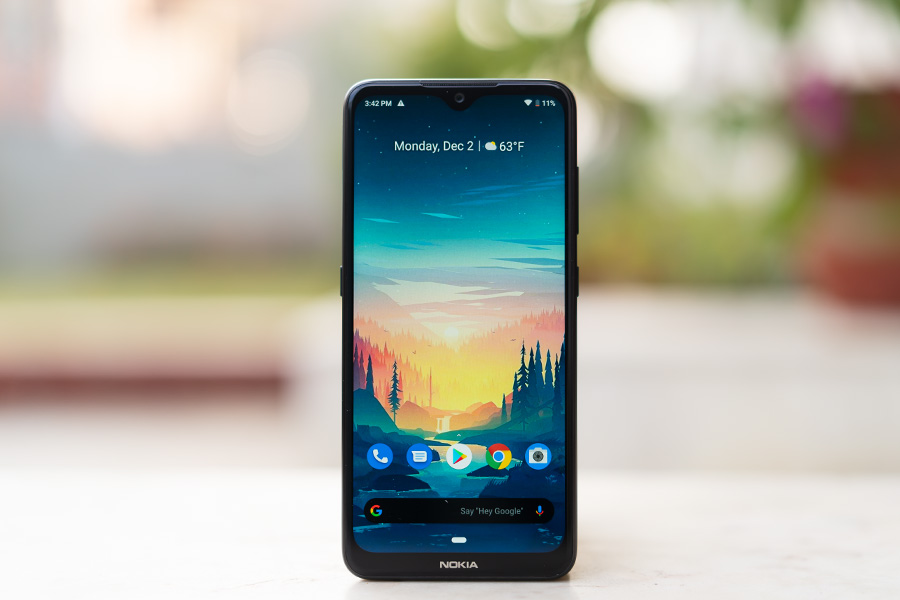
The animations and transitions were fluid, though I occasionally noticed some lags when opening certain apps or games. However, gestures in Android Pie (9.0) haven’t been my cup of tea though I like the new style of navigation in Android 10.
I wish the Nokia 7.2 would get the Android 10 update sooner so that the awful Pie gestures would just go away. This is a subjective thing, and therefore we could agree to disagree on the feasibility of gesture navigation in Android Pie.
Battery & Security
Nokia has managed to pack an ok-ish 3500 mAh AI-assisted Adaptive battery inside the Nokia 7.2. Adding insult to the injury is the fact that it only supports 10W charging despite the chipset being capable of Qualcomm’s Quick Charge 4 technology. Come on man, I was rooting for you! Due to this, the battery performance on the phone isn’t on par with 2019’s standard.
As I mentioned before, Nokia 7.2 was my secondary device. However, the screen usage time would net out to 3-3.5 hours daily on average. It certainly did get me through the day with about 30% battery remaining. Charging speed as you can expect didn’t blow me away. It took me somewhere in the ballpark of 2 hours to juice up the phone from 0 to 100%.
Talking about security, a fingerprint sensor is present on the back below the camera array. It is definitely not the fastest one that I’ve used so there’s that. Also, forget unlocking the phone when your hand is a little sweaty because the sensor wouldn’t recognize my finger at such a situation.

Moreover, the software-based face-unlock is no good either. It’s just too slow! Pair this with the fact that these aren’t much secure, face-unlock isn’t the way to go on the Nokia 7.2. At most times, I’d use the fingerprint scanner and go for the good-old patterns when trouble came knocking.
Extras
Hm, what else does the phone have? Yes, the 3 months’ worth Google One subscription! Valued at dollar ninety-nine a month, you get 100GB of cloud storage across Google’s suite of applications like Photos, Drive, etc.
Conclusion
The Nokia 7.2 is a mixed-bag of a phone. On one hand, the design and the stock Android experience of the device are something you’ll cherish. However, the price-to-performance ratio doesn’t quite add up, especially considering the options in the market. The pricing of the Nokia 7.2, especially in the European region is absolutely atrocious though it has a competitive asking cost in Nepal.
Nokia 7.2 Pros & Cons
Pros:
- Stunning design & build
- Decent camera performance
- Stock Android with guaranteed upgrades
- Good audio performance
- Good display with decent brightness and HDR10 support
Cons:
- The chipset could’ve been better
- Small battery & slow charging
- Notification LED on the power button is counter-productive
- Comparatively slow fingerprint and face-unlock









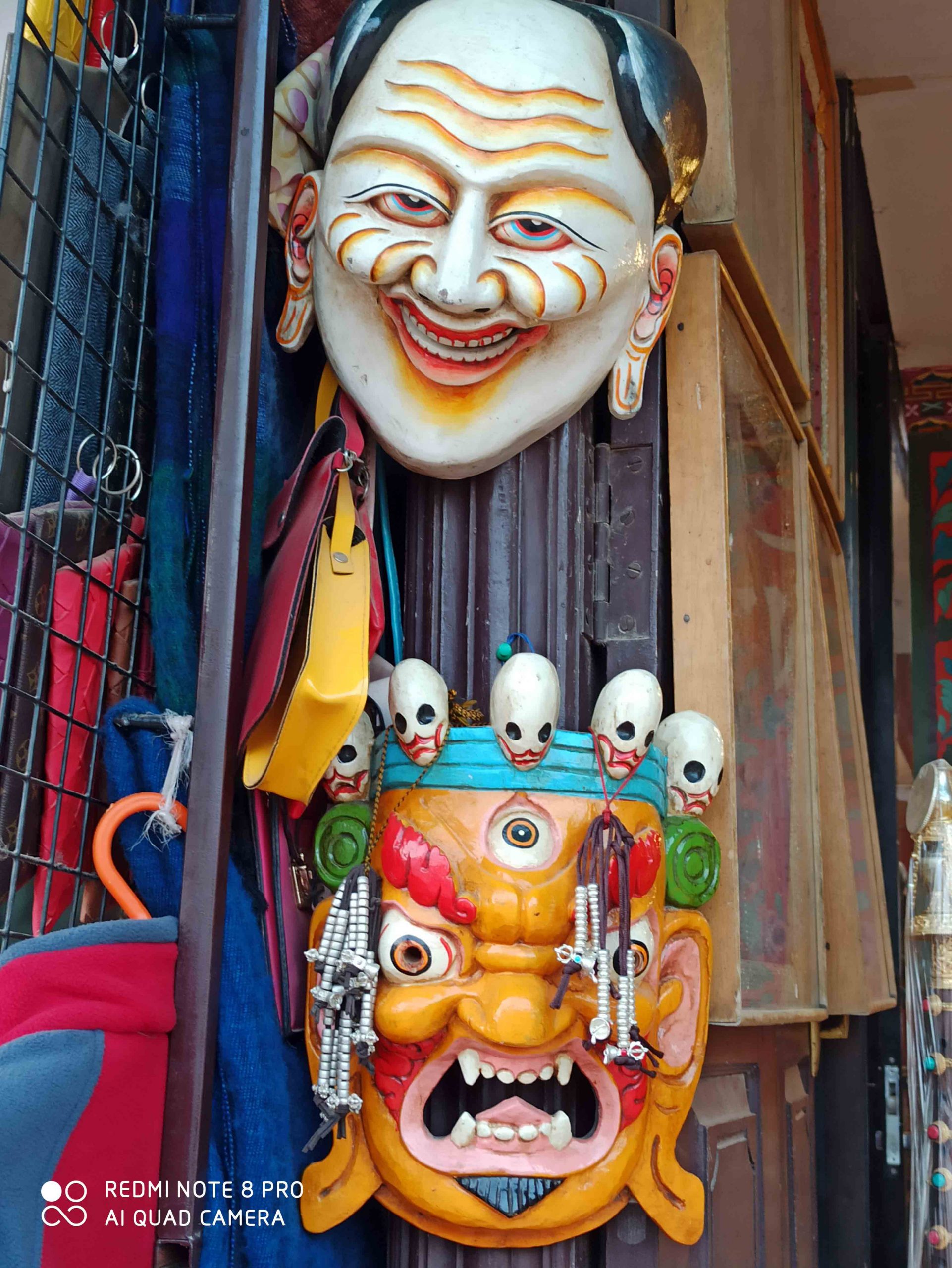
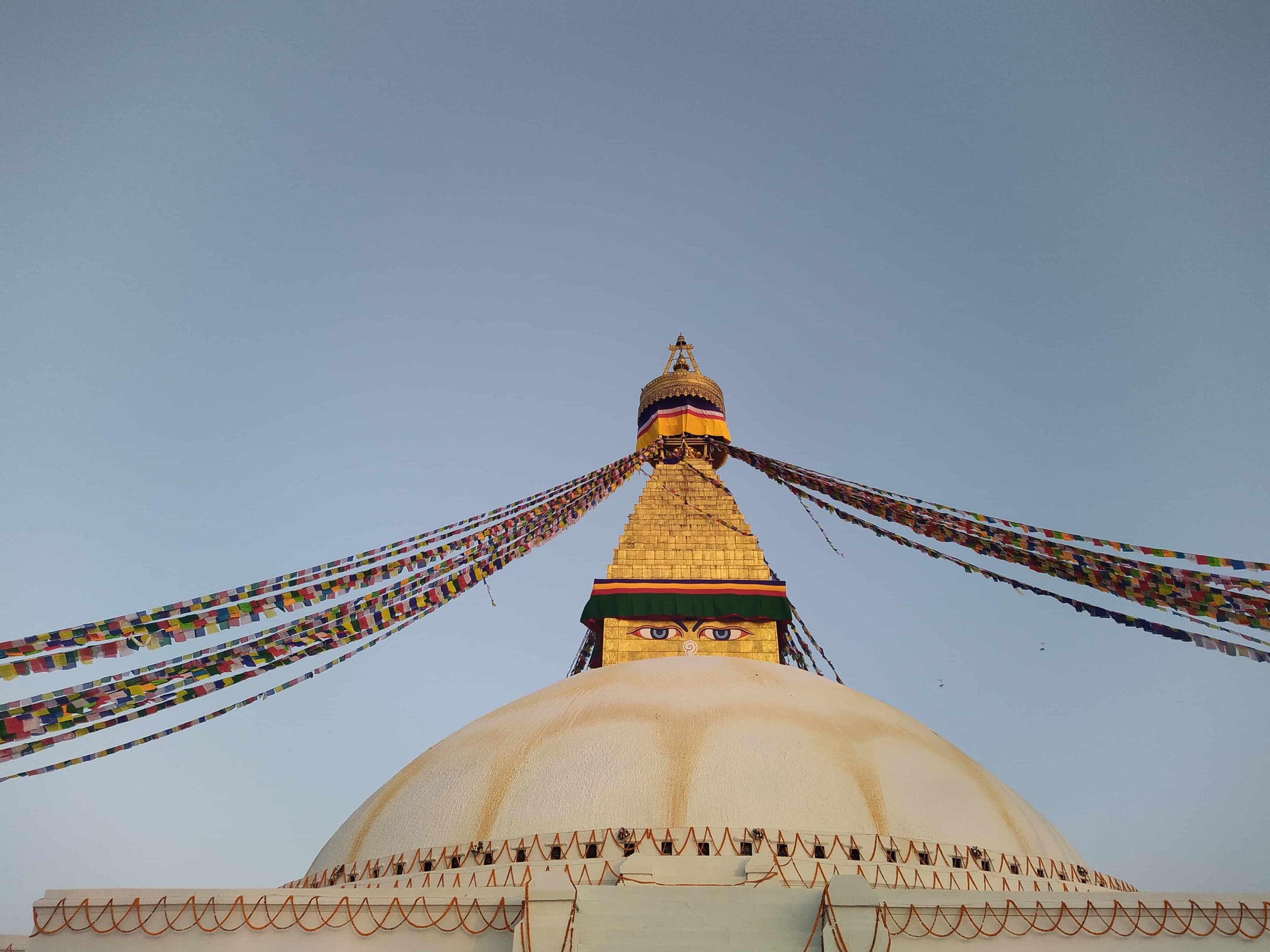
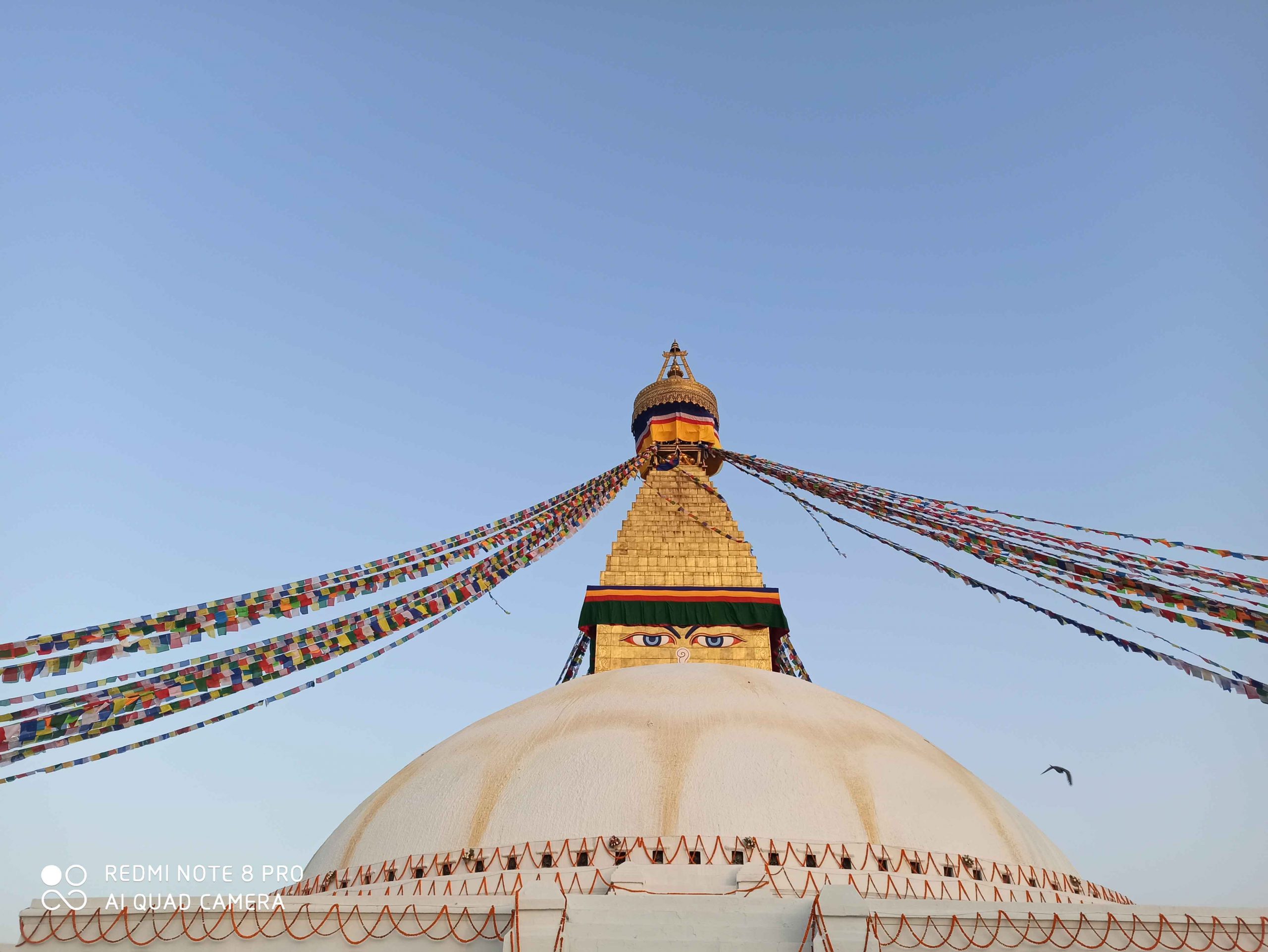
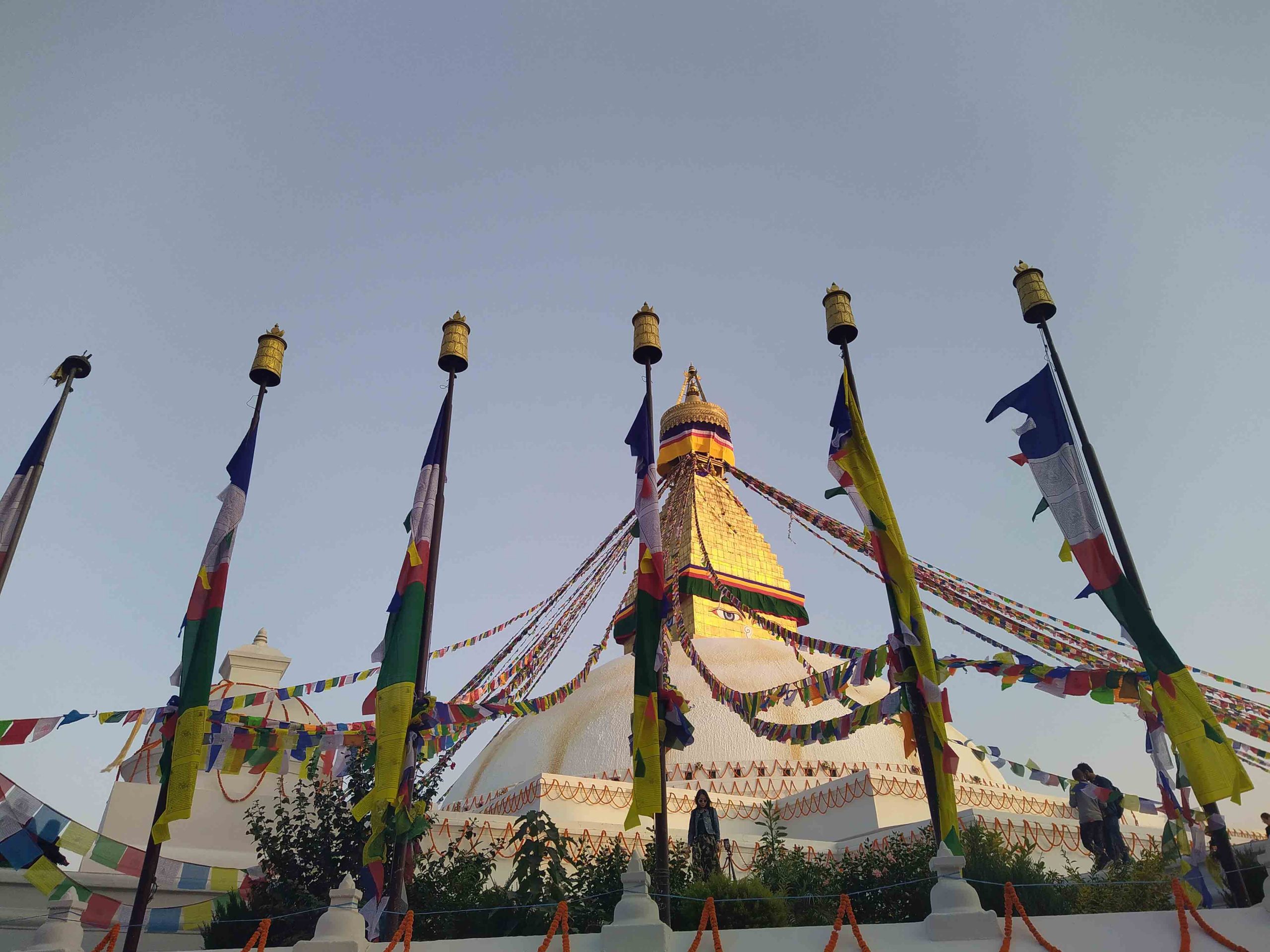
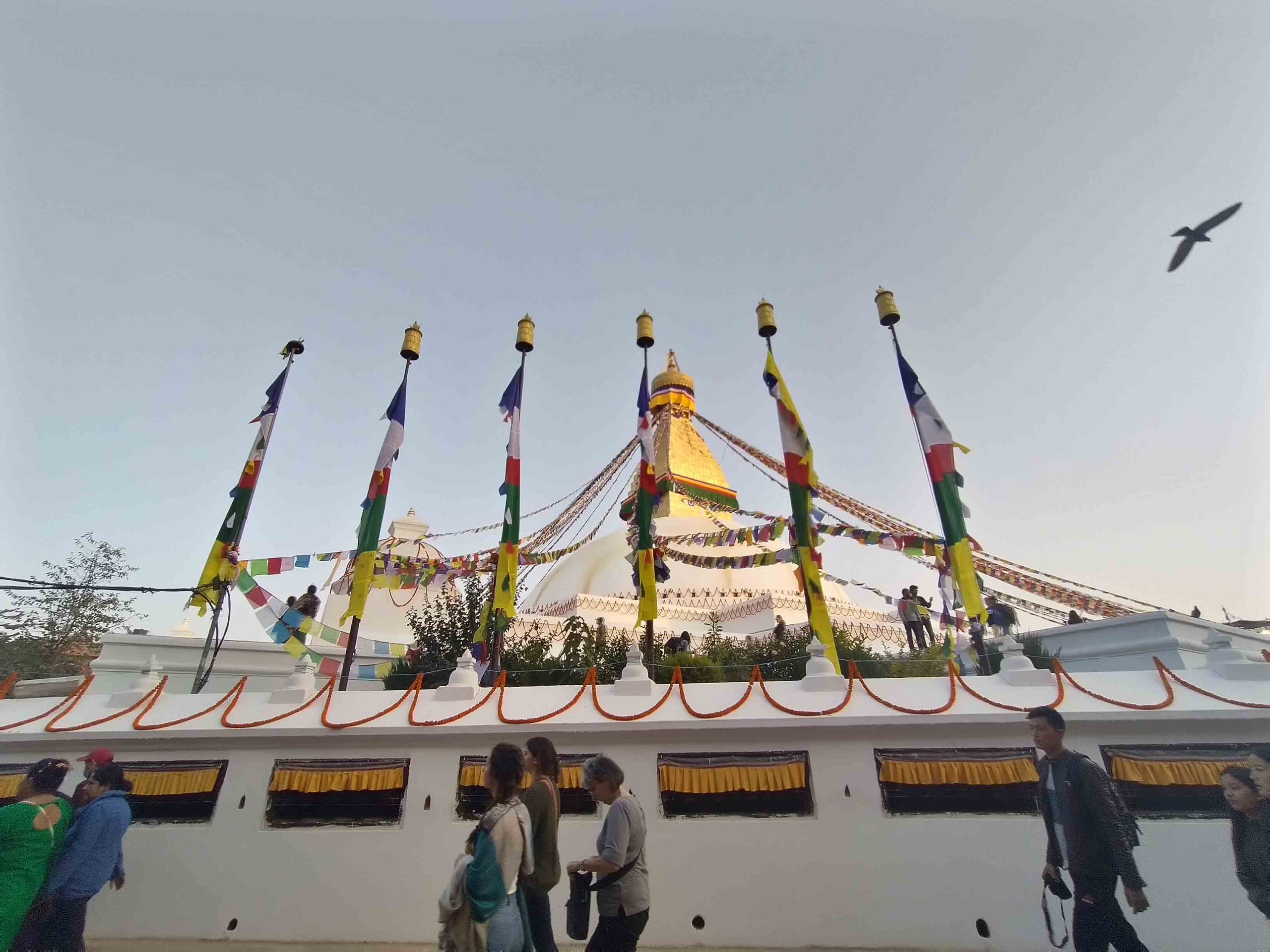
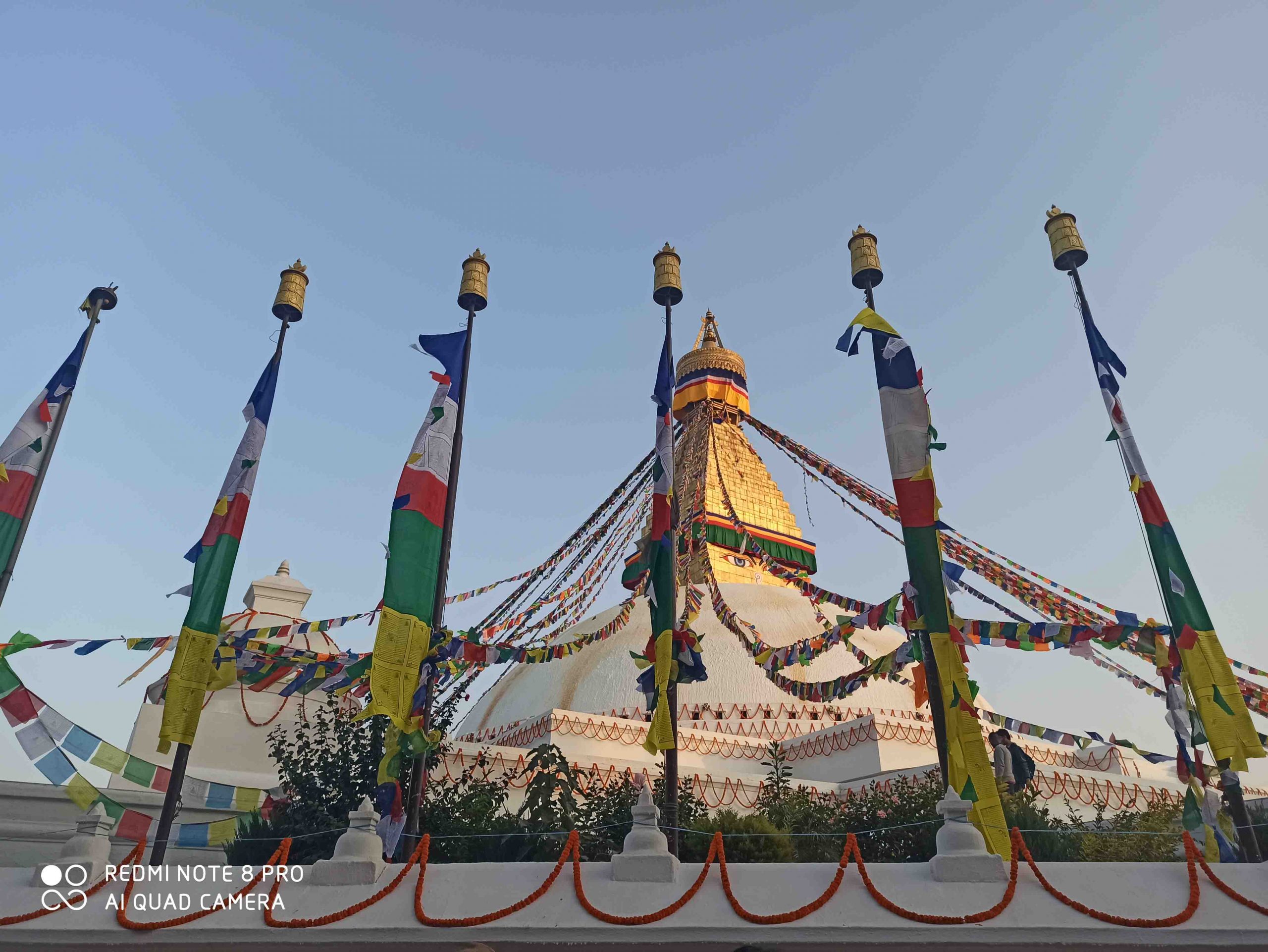
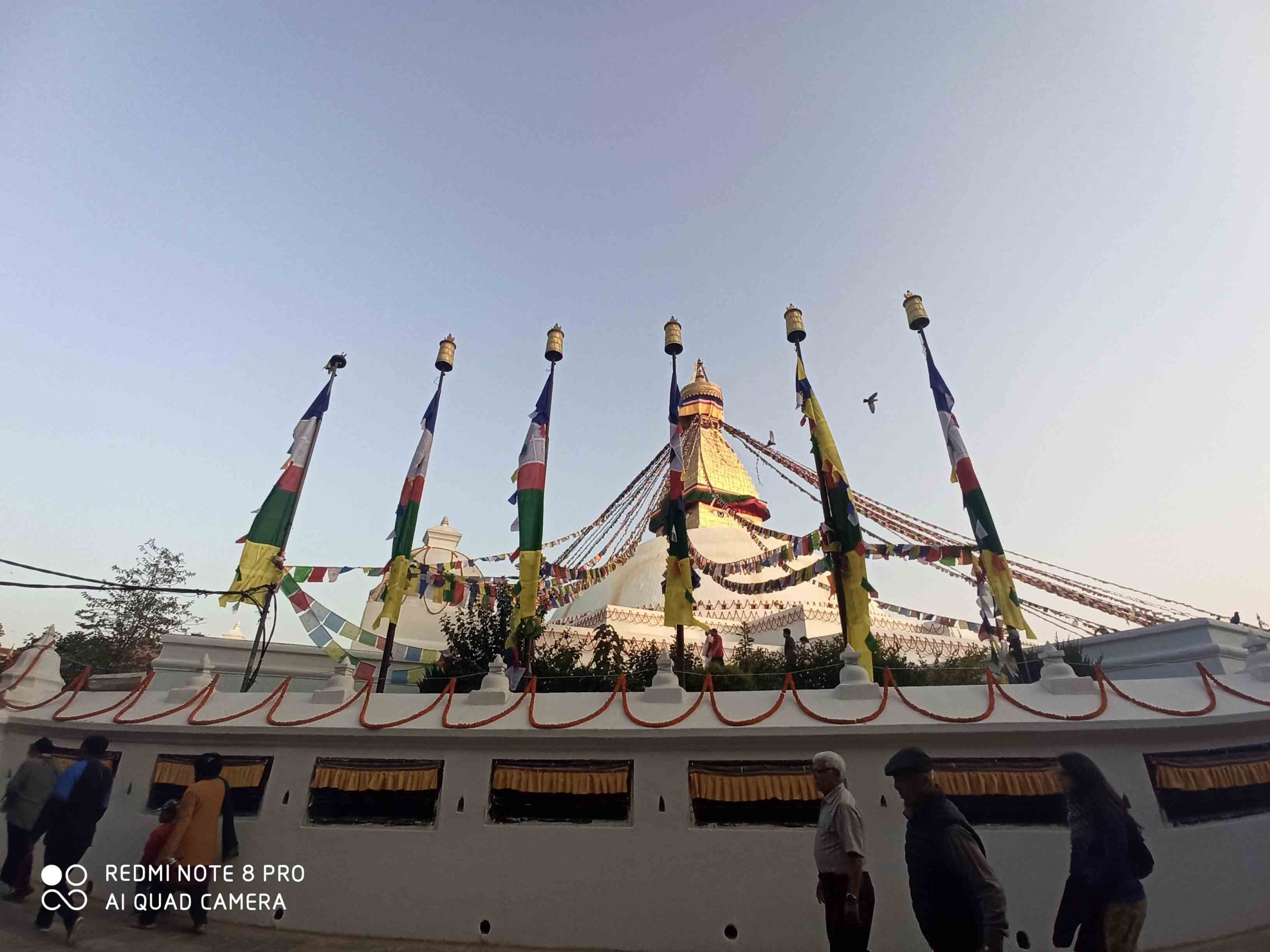
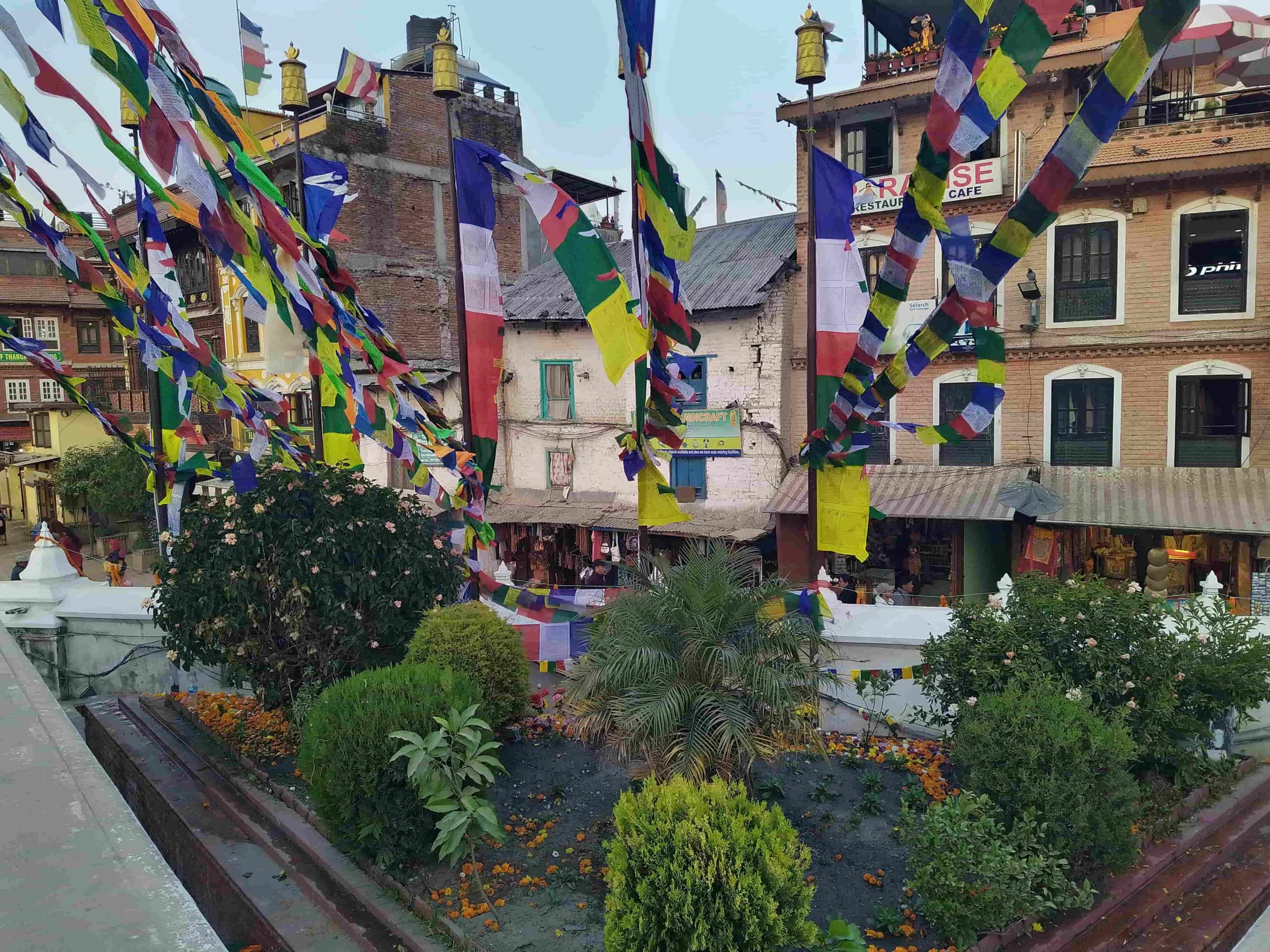
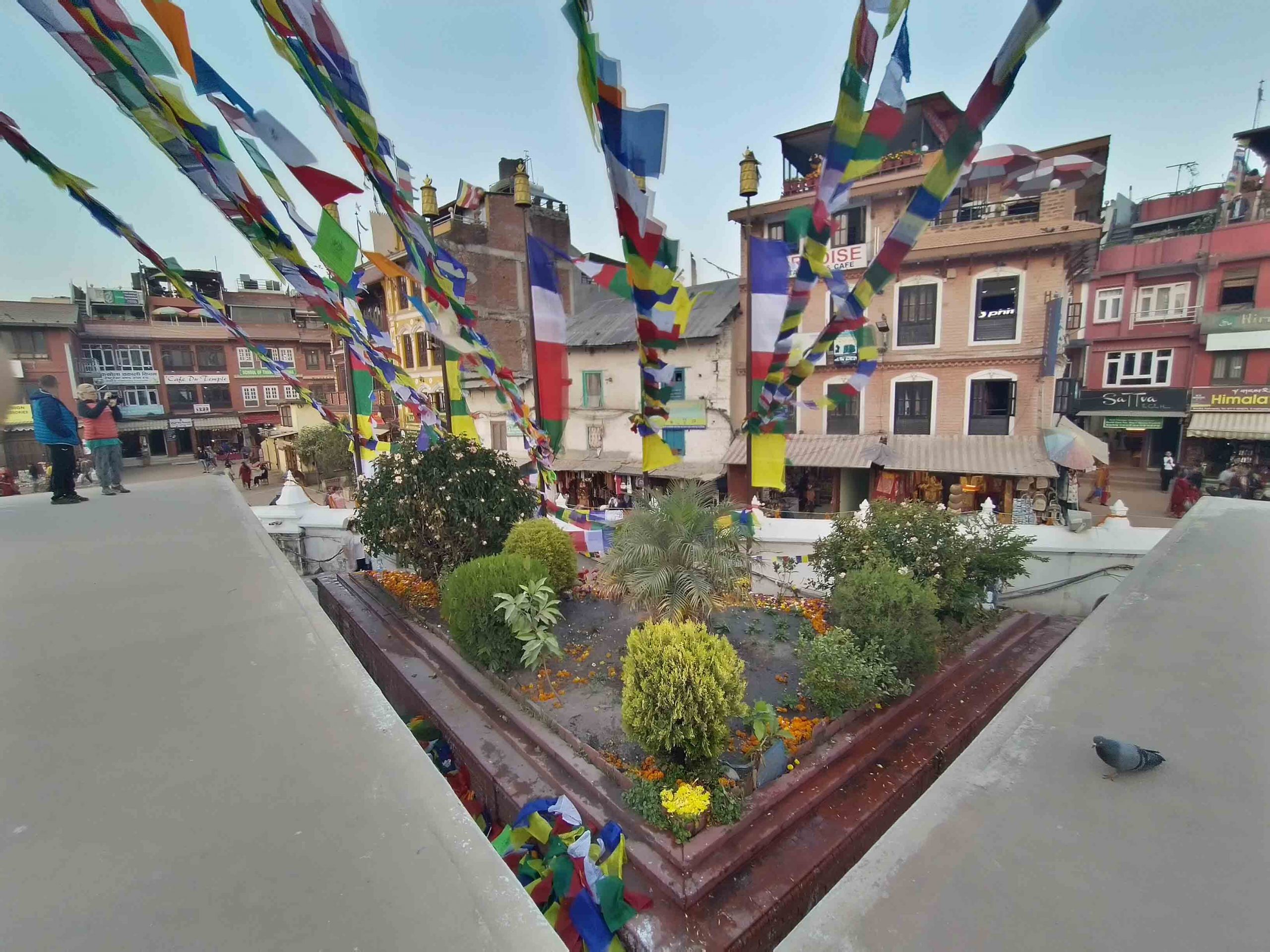
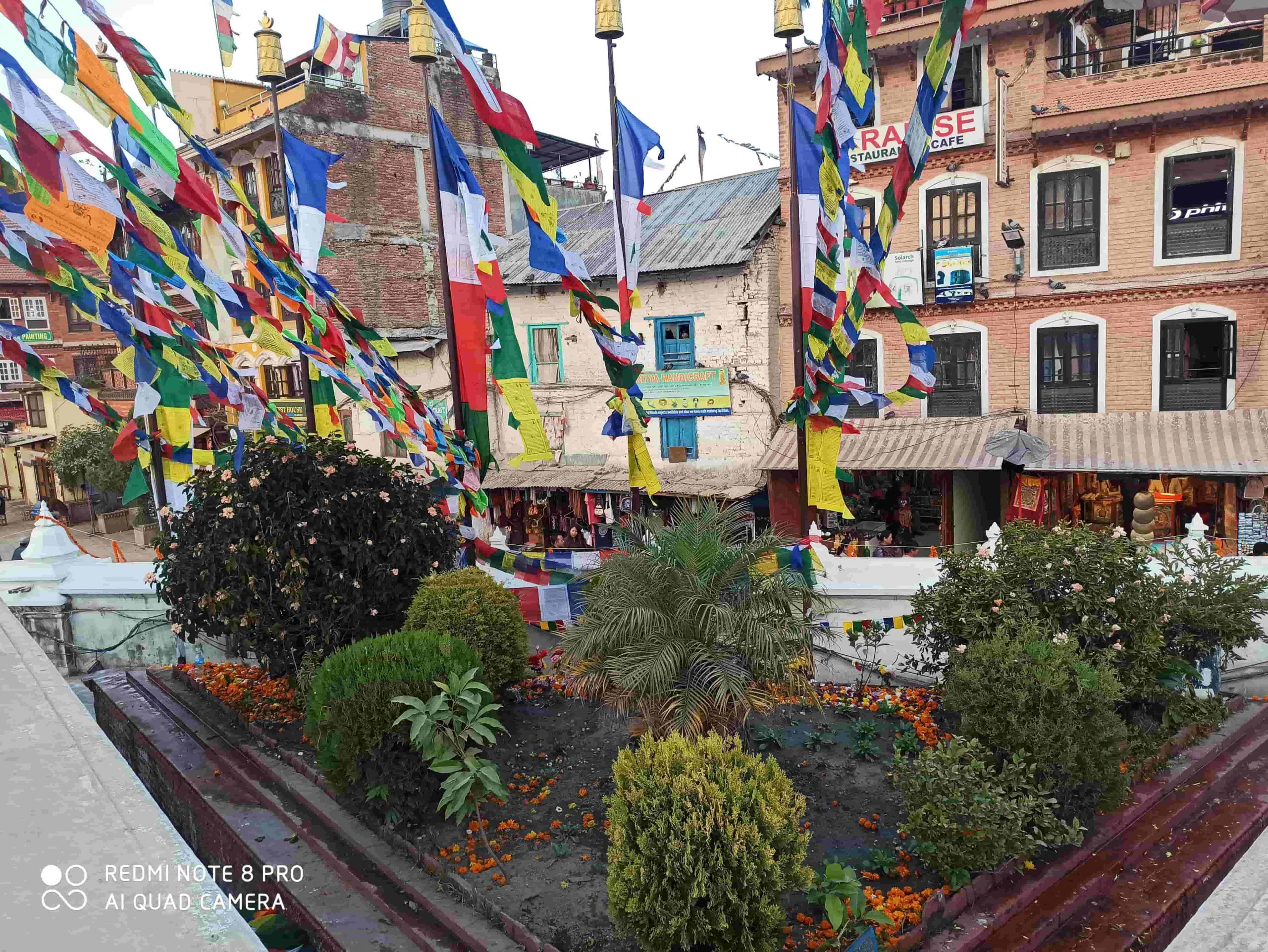
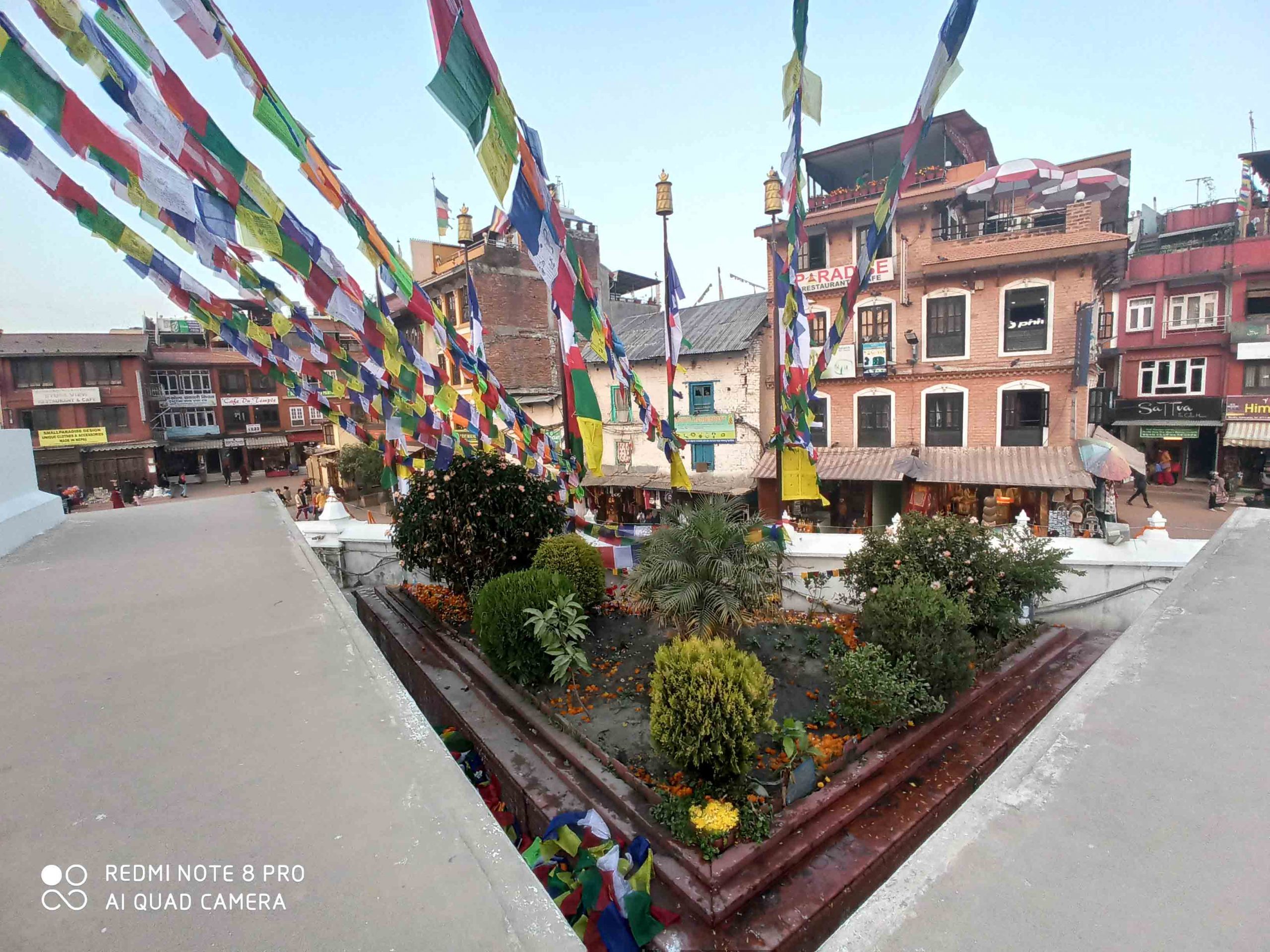

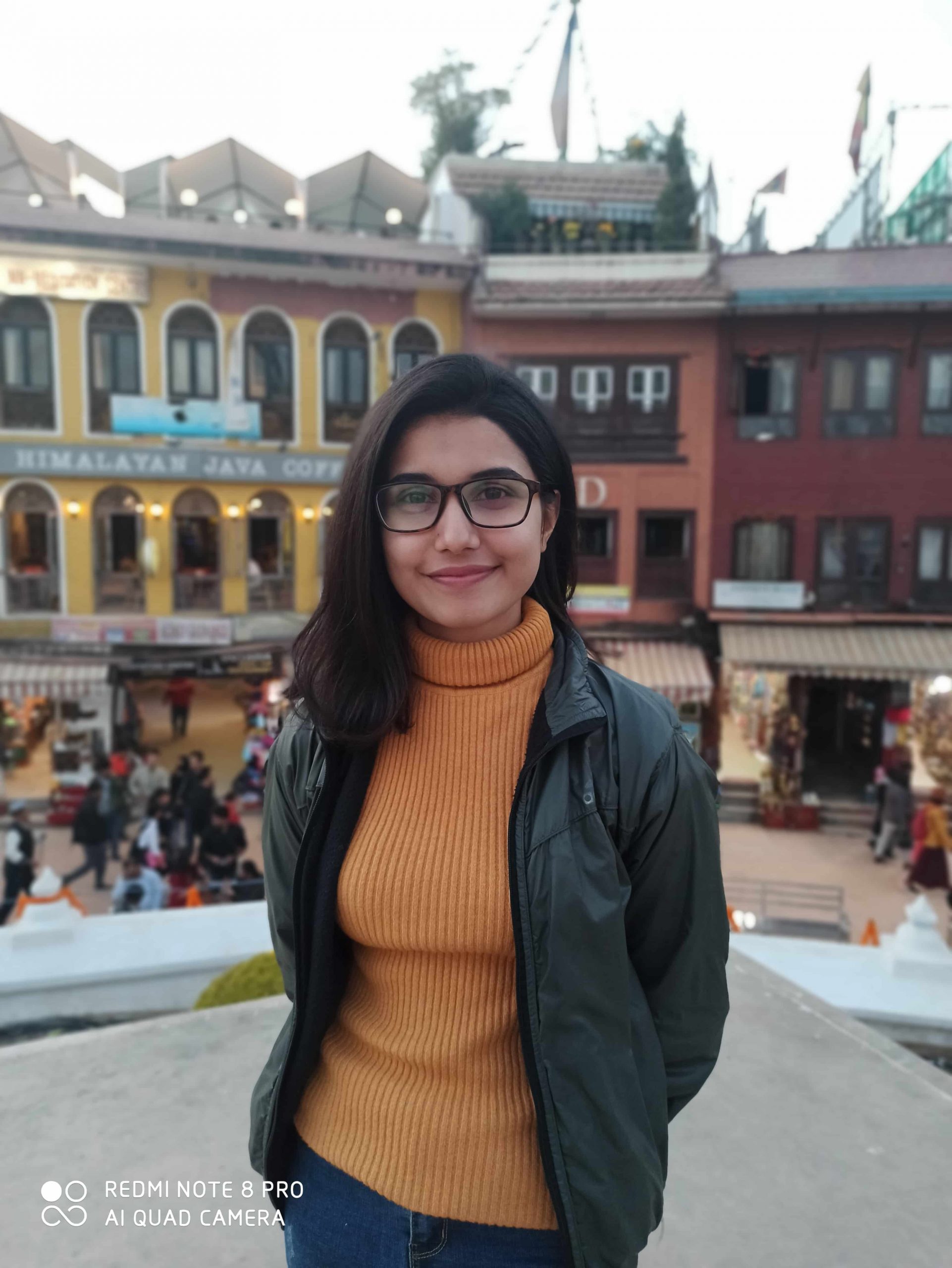

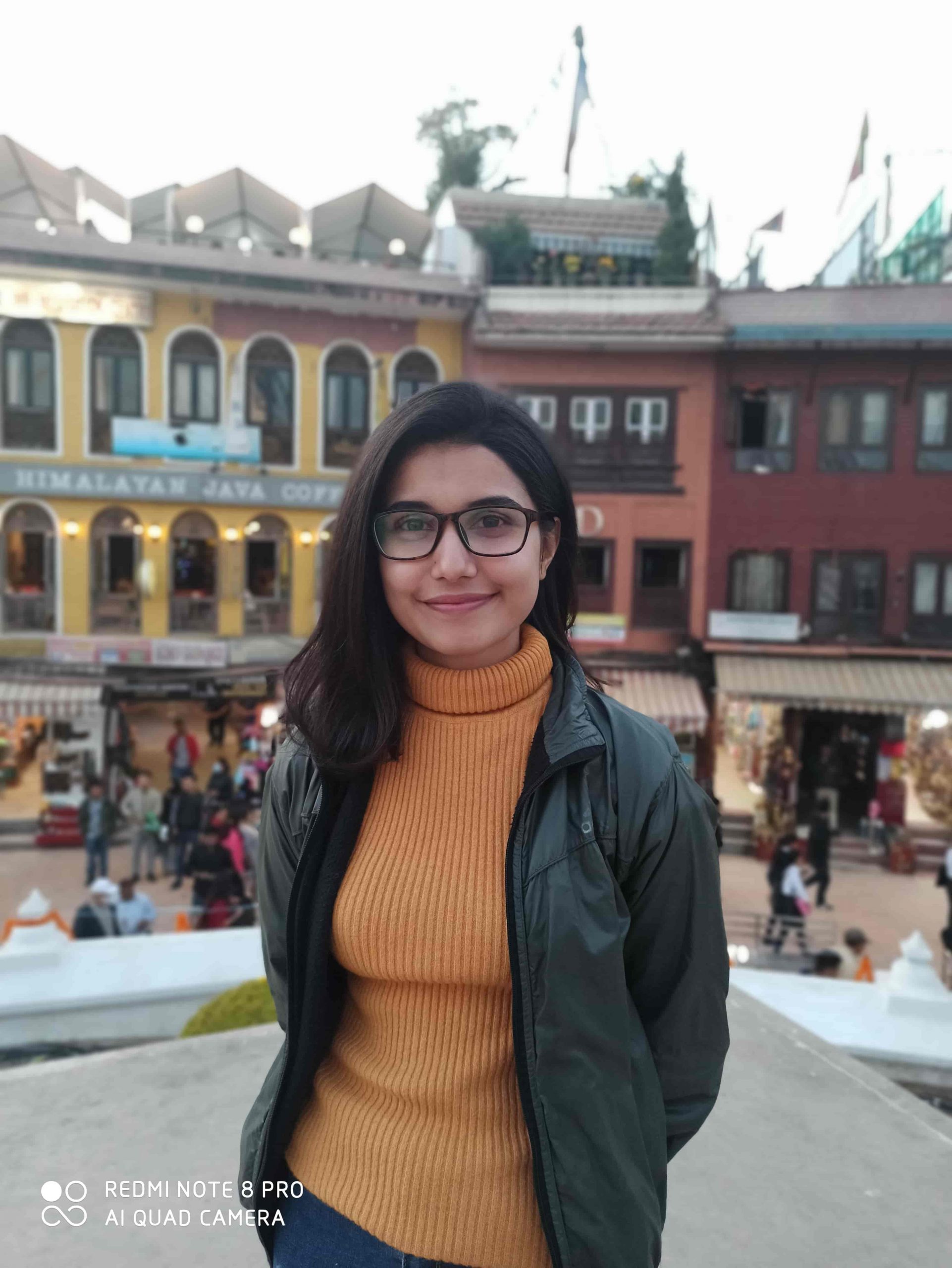





![Best Gaming Laptops in Nepal Under Rs. 250,000 (रु 2.5 Lakhs) [2025] Best Gaming Laptops Under 2.5 lakhs in Nepal [Feb 2025 Update]](https://cdn.gadgetbytenepal.com/wp-content/uploads/2025/02/Best-Gaming-Laptops-Under-2.5-lakhs-in-Nepal-Feb-2025-Update.jpg)
![Best Gaming Laptops in Nepal Under Rs. 120,000 (रु 1.2 Lakhs) [2025] Best Budget Gaming Laptops Under Rs 120000 in Nepal 2025 Update](https://cdn.gadgetbytenepal.com/wp-content/uploads/2025/05/Best-Budget-Gaming-Laptops-Under-Rs-120000-in-Nepal-2024-Update.jpg)
![Best Laptops Under Rs. 80,000 in Nepal [2025] Best Laptops Under 80,000 in Nepal March 2025 Update](https://cdn.gadgetbytenepal.com/wp-content/uploads/2025/03/Best-Laptops-Under-80000-in-Nepal-March-2025-Update.jpg)
![Best Gaming Laptops in Nepal Under Rs. 200,000 (रु 2 Lakhs) [2025] Best gaming lapotp under 2 lakhs Nepal Feb 2025](https://cdn.gadgetbytenepal.com/wp-content/uploads/2025/01/Best-Gaming-Laptops-Under-2-Lakh-Nepal-Feb-2025-Update.jpg)

![Best Mobile Phones Under Rs. 15,000 in Nepal [Updated 2025] Best Phones Under 15000 in Nepal 2024 Budget Smartphones Cheap Affordable](https://cdn.gadgetbytenepal.com/wp-content/uploads/2024/03/Best-Phones-Under-15000-in-Nepal-2024.jpg)
![Best Mobile Phones Under Rs. 20,000 in Nepal [Updated] Best Mobile Phones Under NPR 20000 in Nepal 2023 Updated Samsung Xiaomi Redmi POCO Realme Narzo Benco](https://cdn.gadgetbytenepal.com/wp-content/uploads/2024/01/Best-Phones-Under-20000-in-Nepal-2024.jpg)
![Best Mobile Phones Under Rs. 30,000 in Nepal [Updated 2025] Best Phones Under 30000 in Nepal](https://cdn.gadgetbytenepal.com/wp-content/uploads/2025/01/Best-Phones-Under-30000-in-Nepal.jpg)
![Best Mobile Phones Under Rs. 40,000 in Nepal [Updated 2025] Best Phones Under 40000 in Nepal 2024 Smartphones Mobile Midrange](https://cdn.gadgetbytenepal.com/wp-content/uploads/2024/02/Best-Phones-Under-40000-in-Nepal-2024.jpg)
![Best Mobile Phones Under Rs. 50,000 in Nepal [Updated 2025] Best Phones Under 50000 in Nepal](https://cdn.gadgetbytenepal.com/wp-content/uploads/2025/01/Best-Phones-Under-50000-in-Nepal.jpg)
![Best Flagship Smartphones To Buy In Nepal [Updated] Best flagship phone 2025](https://cdn.gadgetbytenepal.com/wp-content/uploads/2024/07/Best-Flagship-Phones-who-is-it-ft-1.jpg)